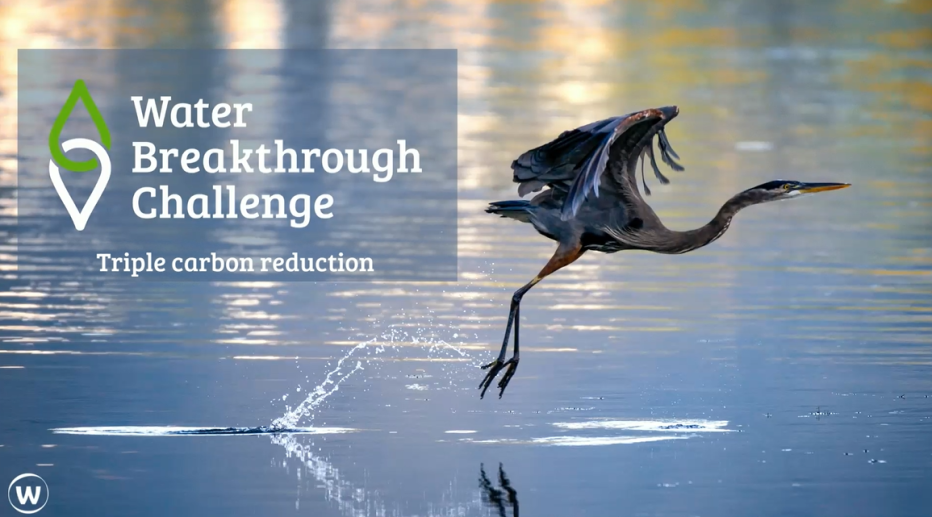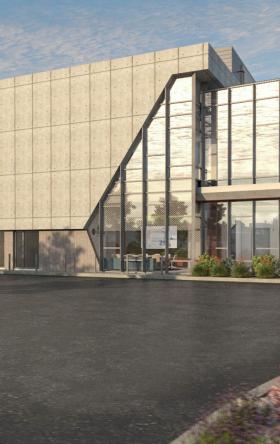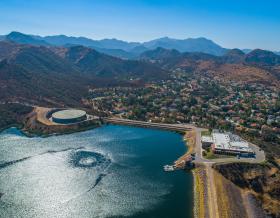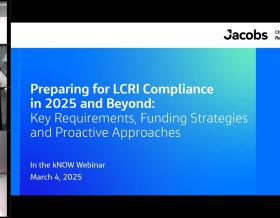Triple Carbon Reduction Innovation Project
Achieving three-fold decarbonization benefits through ground-breaking wastewater treatment and green hydrogen production

Jacobs is working with Anglian Water and several partners on a project funded through Ofwat’s Innovation Fund to target a step change reduction in greenhouse gas emissions and electricity use in used water treatment and provide a new renewable energy source through green hydrogen production.
-
85 %
Reduction in energy consumption compared to conventional treatment processes such as activated sludge
-
11
Business partners working together to achieve water net zero goals
-
£ 4.6 M
Ofwat funding awarded to the project
The water sector currently accounts for a third of U.K. greenhouse gas (GHG) emissions from industrial processes. Funded through Ofwat’s Innovation Fund, the project addresses a triple carbon synergy- reducing GHG, reducing energy use in wastewater treatment and producing renewable energy (green hydrogen). Jacobs is both program manager and technical advisor for the project.
Wastewater treatment is a carbon-intensive process as it requires a significant amount of energy to operate the various treatment stages; it involves the use of chemicals to remove contaminants, which contributes to the overall carbon footprint; and more importantly it produces greenhouse gases such as methane and nitrous oxide, which are potent contributors to global warming. Identifying ways to decarbonize wastewater processes is an important part of the U.K.’s journey to net zero in water.
The Triple Carbon Reduction project is set up as a trial project to propose an innovative concept and demonstrate its benefits for scaling up for wider implementation. Pooling expertise from across the industry, including water companies, consultants, academia and technology firms, the team has set up a demonstration plant located at an Anglian Water water recycling center. The demonstration plant will use the combined heat and power-derived electricity from site, augmented by electricity from the grid if required.
As part of the demonstration, the project has a membrane aerated biofilm reactor (MABR), an emerging wastewater treatment technology capable of achieving up to 85% reduction in energy consumption compared to conventional processes such as activated sludge. MABR is relatively easy to install in existing plants and also reduces nitrous oxide (N2O) emissions, a potent GHG with an almost 300-fold impact to that of carbon dioxide.
The final effluent water from the treatment process can then be introduced to an electrolyser using the renewable power supply, which splits the treated water into hydrogen and oxygen. The produced oxygen can then be fed back into the MABR, creating an efficient circular process. The green hydrogen produced can be used in green energy sectors, such as transportation. In the trial plant, 90 kilogram of hydrogen is produced every 24 hours, enough to fuel 30 cars. It is hoped that demonstrating the viability of green hydrogen production at wastewater recycling centers will aid in growing the hydrogen fuel cell vehicle market.
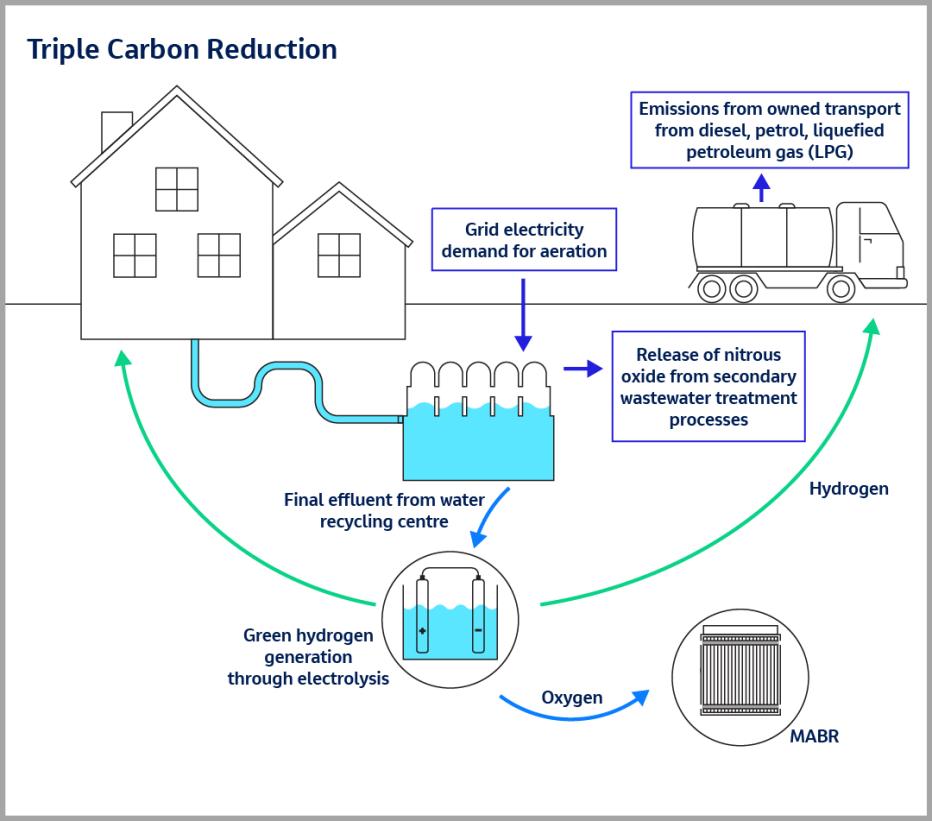
Targeting net zero through hydrogen production, GHG emissions reduction and energy efficiency
The project won the Net Zero Carbon Initiative of the Year at the Water Industry Awards 2024, recognizing game-changing innovation in the water sector and demonstrating measurable progress in achieving net zero carbon emissions.
“The Triple Carbon Reduction Project sets a new benchmark in the water industry, showcasing what’s achievable when innovation and collaboration come together to tackle climate change. As Program Manager, Jacobs has corralled business partners and coordinated the delivery of the demonstration plan to time and budget. ”
